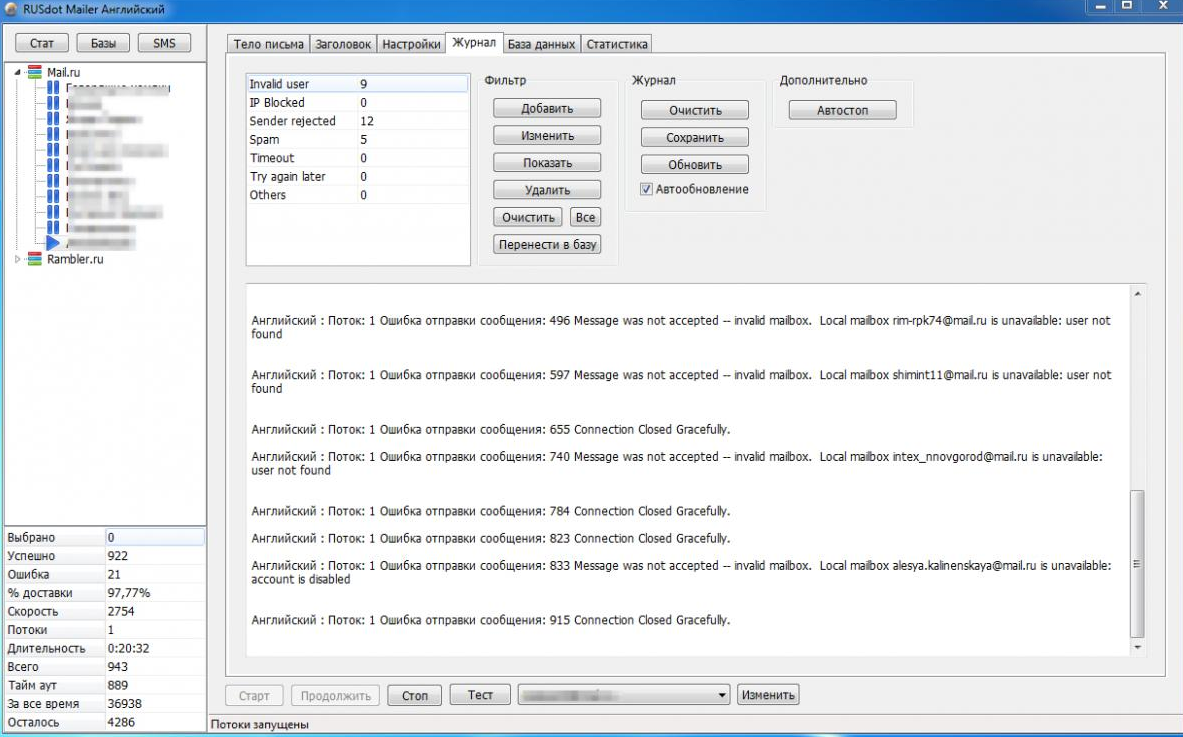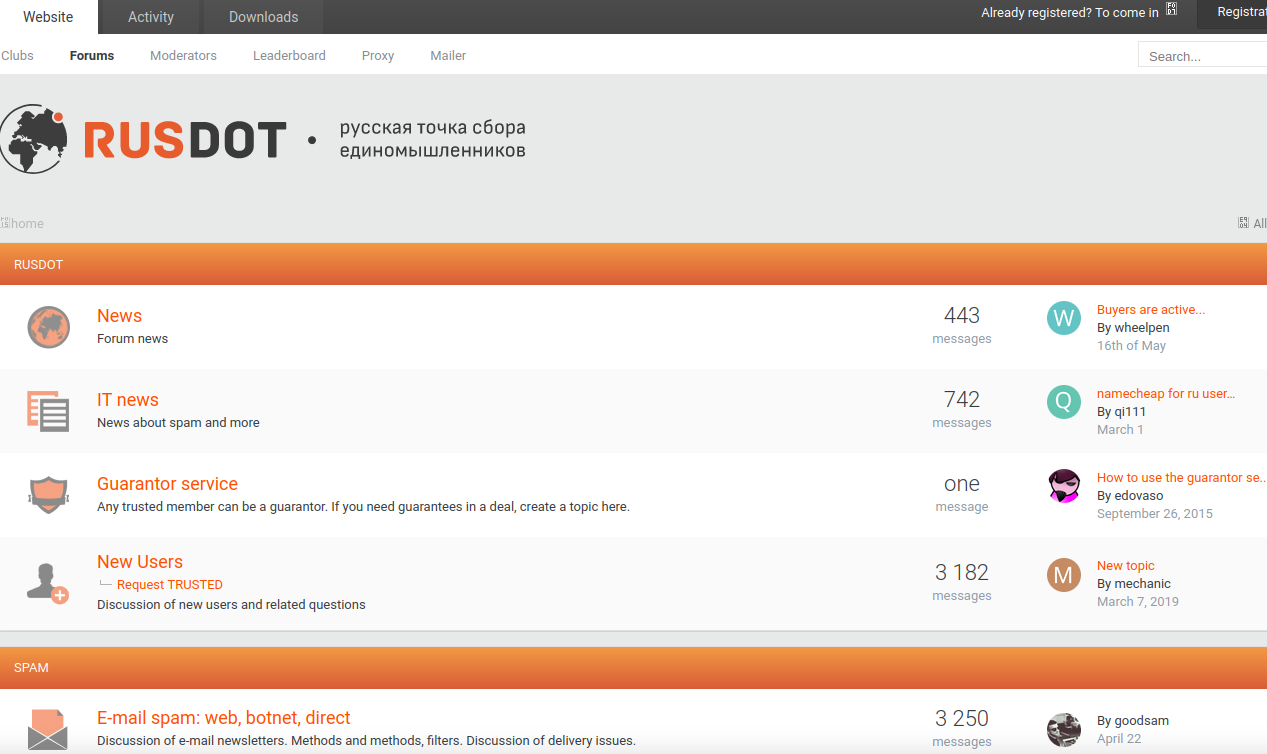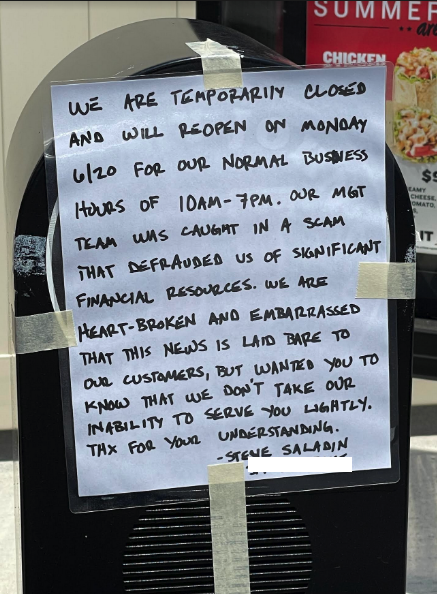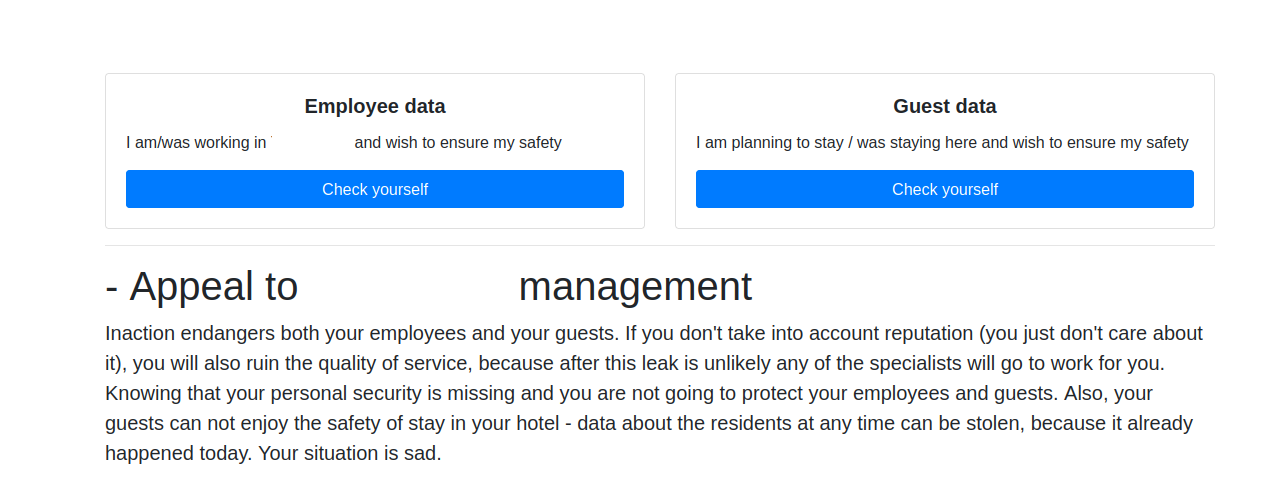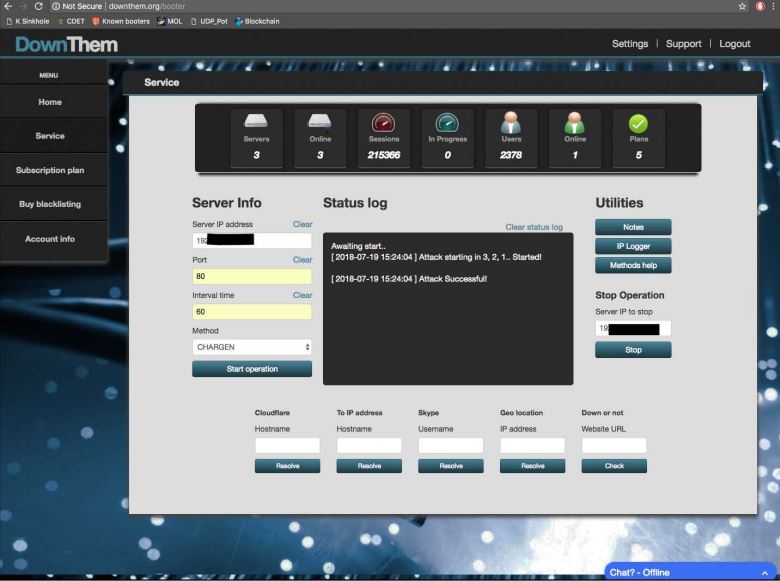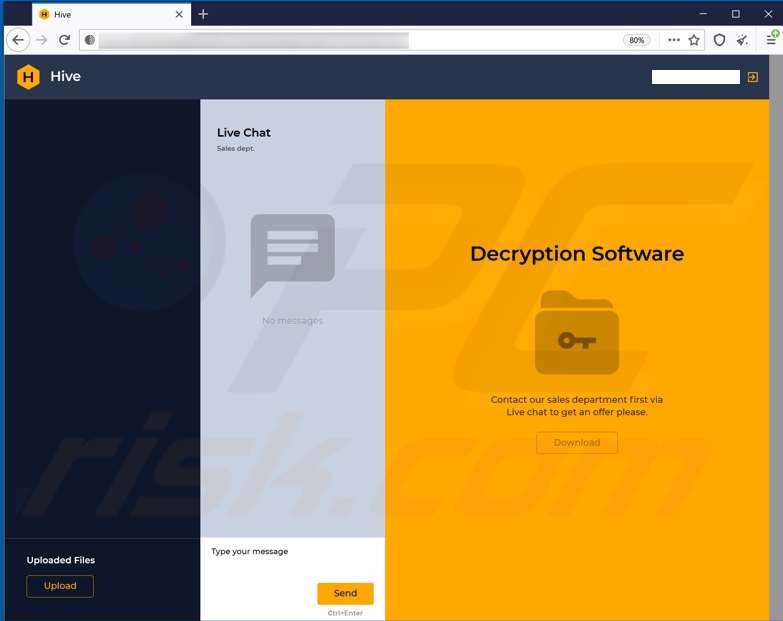On December 7, 2021, Google announced it was suing two Russian men allegedly responsible for operating the Glupteba botnet, a global malware menace that has infected millions of computers over the past decade. That same day, AWM Proxy — a 14-year-old anonymity service that rents hacked PCs to cybercriminals — suddenly went offline. Security experts had long seen a link between Glupteba and AWM Proxy, but new research shows AWM Proxy’s founder is one of the men being sued by Google.
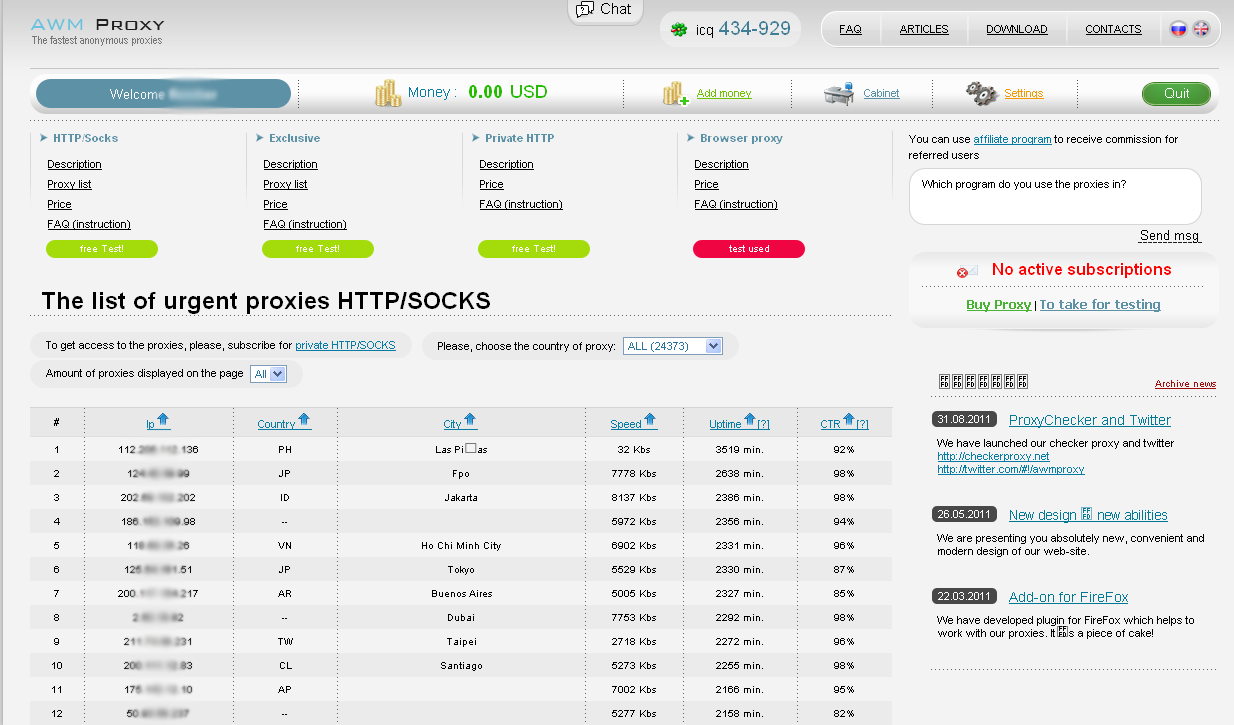
AWMproxy, the storefront for renting access to infected PCs, circa 2011.
Launched in March 2008, AWM Proxy quickly became the largest service for crooks seeking to route their malicious Web traffic through compromised devices. In 2011, researchers at Kaspersky Lab showed that virtually all of the hacked systems for rent at AWM Proxy had been compromised by TDSS (a.k.a TDL-4 and Alureon), a stealthy “rootkit” that installs deep within infected PCs and loads even before the underlying Windows operating system boots up.
In March 2011, security researchers at ESET found TDSS was being used to deploy Glupteba, another rootkit that steals passwords and other access credentials, disables security software, and tries to compromise other devices on the victim’s network — such as Internet routers and media storage servers — for use in relaying spam or other malicious traffic.
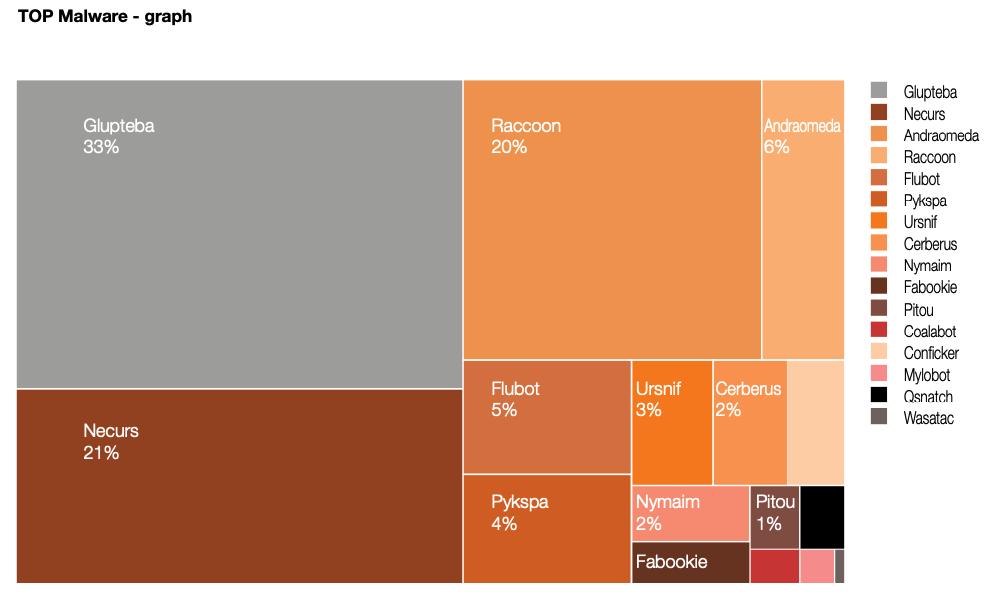
A report from the Polish computer emergency response team (CERT Orange Polksa) found Glupteba was by far the biggest malware threat in 2021.
Like its predecessor TDSS, Glupteba is primarily distributed through “pay-per-install” or PPI networks, and via traffic purchased from traffic distribution systems (TDS). Pay-per-install networks try to match cybercriminals who already have access to large numbers of hacked PCs with other crooks seeking broader distribution of their malware.
In a typical PPI network, clients will submit their malware—a spambot or password-stealing Trojan, for example —to the service, which in turn charges per thousand successful installations, with the price depending on the requested geographic location of the desired victims. One of the most common ways PPI affiliates generate revenue is by secretly bundling the PPI network’s installer with pirated software titles that are widely available for download via the web or from file-sharing networks.

An example of a cracked software download site distributing Glupteba. Image: Google.com.
Over the past decade, both Glupteba and AWM Proxy have grown substantially. When KrebsOnSecurity first covered AWM Proxy in 2011, the service was selling access to roughly 24,000 infected PCs scattered across dozens of countries. Ten years later, AWM Proxy was offering 10 times that number of hacked systems on any given day, and Glupteba had grown to more than one million infected devices worldwide.
There is also ample evidence to suggest that Glupteba may have spawned Meris, a massive botnet of hacked Internet of Things (IoT) devices that surfaced in September 2021 and was responsible for some of the largest and most disruptive distributed denial-of-service (DDoS) attacks the Internet has ever seen.
But on Dec. 7, 2021, Google announced it had taken technical measures to dismantle the Glupteba botnet, and filed a civil lawsuit (PDF) against two Russian men thought to be responsible for operating the vast crime machine. AWM Proxy’s online storefront disappeared that same day. Continue reading




